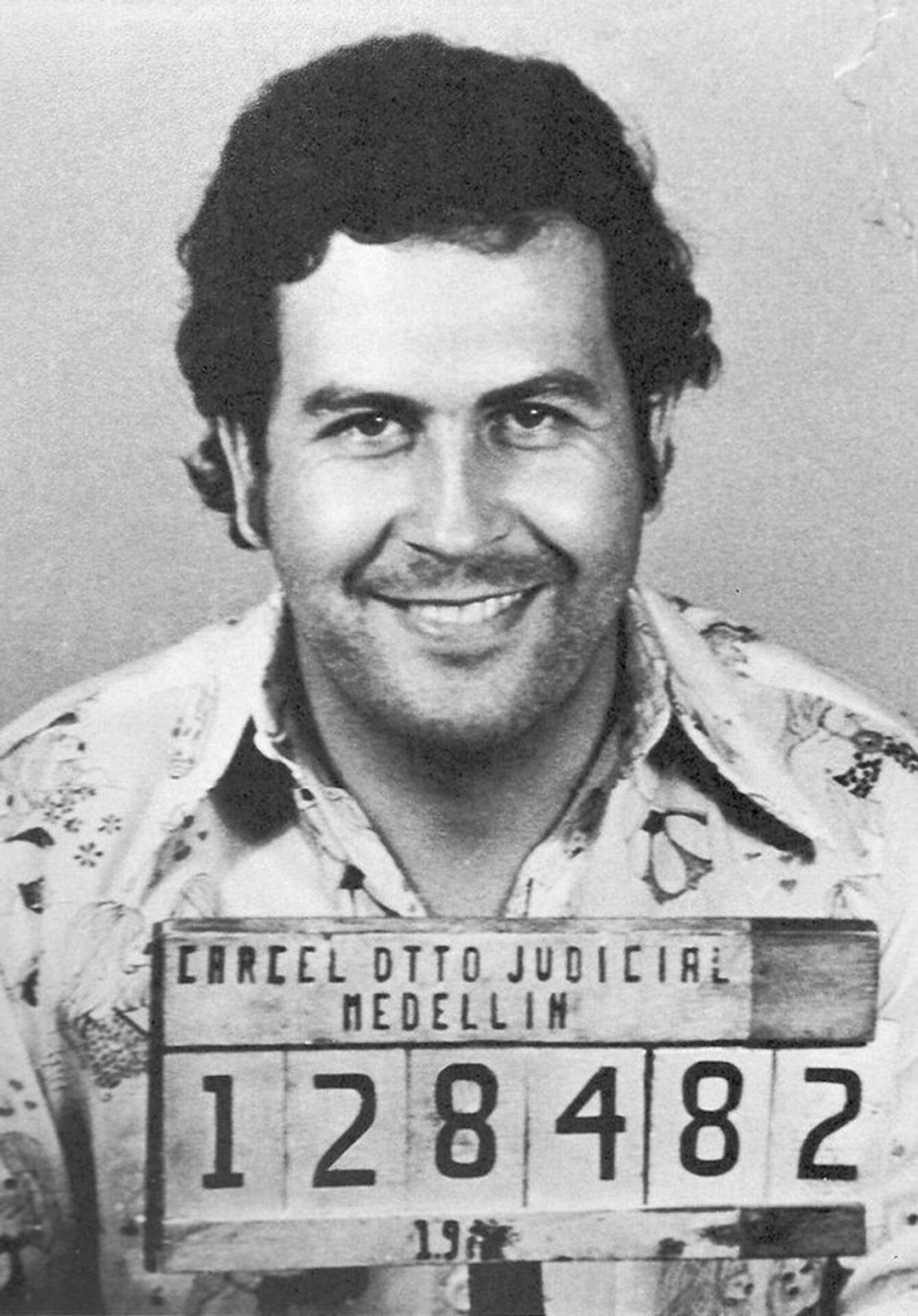Pablo Emilio Escobar Gaviria, born on December 1, 1949, in Rionegro, Colombia, was a notorious criminal and drug lord who rose to become one of the most powerful figures in the global cocaine trade during the 1980s and early 1990s. As the head of the Medellín cartel, Escobar amassed immense wealth and power, making him one of the wealthiest criminals in history. However, his reign of terror and drug empire eventually crumbled, leading to his death on December 2, 1993. In this article, we will delve into the life, criminal activities, and ultimate downfall of Pablo Escobar.
Escobar was born into a modest family in Rionegro, Colombia. His father was a farmer, and his mother was a schoolteacher. The family later moved to Envigado, a suburb of Medellín. It was during his teenage years that Escobar began his life of crime, engaging in various illegal activities such as selling fake diplomas and smuggling stereo equipment. He even resorted to stealing tombstones and cars for profit.
As the cocaine industry began to flourish in Colombia, Escobar saw an opportunity to capitalize on the growing demand for the drug. In the mid-1970s, he co-founded what would later become the infamous Medellín cartel. The cartel focused on the production, transportation, and sale of cocaine, establishing itself as a dominant force in the global drug trade.
By the mid-1980s, Escobar had become the undisputed leader of the Medellín cartel and one of the wealthiest individuals in the world. It is estimated that his net worth reached a staggering $25 billion, allowing him to lead a life of luxury and excess. Escobar’s estate, Hacienda Nápoles, sprawled over 7,000 acres and featured extravagant amenities such as a private zoo, soccer field, and bullfighting arena.
While Escobar gained notoriety for his philanthropic works, providing aid to the poor and building houses and schools, his benevolence was overshadowed by his ruthlessness. He employed a “plata o plomo” approach, offering individuals the choice between accepting bribes or facing violent consequences. Escobar’s victims included rival drug traffickers, government officials, policemen, and innocent civilians.
As Escobar’s criminal activities and violence escalated, he became a prime target for both Colombian and U.S. authorities. The United States, being the primary destination for the Medellín cartel’s drugs, sought his extradition to face justice. In response, Escobar launched a campaign of terror, including bombings and assassinations, to discourage extradition attempts.
In 1991, Escobar surrendered to Colombian authorities, hoping to negotiate a reduced sentence and avoid extradition. He was imprisoned in a luxury facility called La Catedral, which he had built himself. However, his imprisonment did little to curb his criminal activities. Escobar continued to run his drug empire from within the prison, leading to public outrage and demands for his removal.
In July 1992, Escobar escaped from La Catedral just before authorities could transfer him to a more secure facility. This sparked a massive manhunt that involved Colombian forces, U.S. officials, and rival drug traffickers. For over a year, Escobar evaded capture, hiding in various locations in Medellín.
On December 1, 1993, Escobar celebrated his 44th birthday, unaware that his days were numbered. The following day, Colombian forces discovered his hideout, and a dramatic rooftop chase and gunfight ensued. Escobar was fatally shot, putting an end to his reign of terror and marking the collapse of the Medellín cartel.
Pablo Escobar’s life and criminal activities continue to captivate the public’s imagination, inspiring numerous books, movies, and television series. His story serves as a cautionary tale of the devastating consequences of drug trafficking and the unchecked pursuit of power and wealth.
While Escobar’s philanthropic works garnered him support among some Colombians, his reign of terror and violence left a lasting impact on the country. The scars of his criminal empire are still felt today, as Colombia grapples with the legacy of drug cartels and the social and economic consequences they have brought.
Pablo Escobar’s rise from a humble background to becoming one of the most powerful drug lords in history is a story that continues to fascinate and shock the world. His criminal empire, violent tactics, and immense wealth made him a larger-than-life figure. However, his reign came to a violent end, leaving behind a legacy of destruction and a cautionary tale of the consequences of unchecked power.
